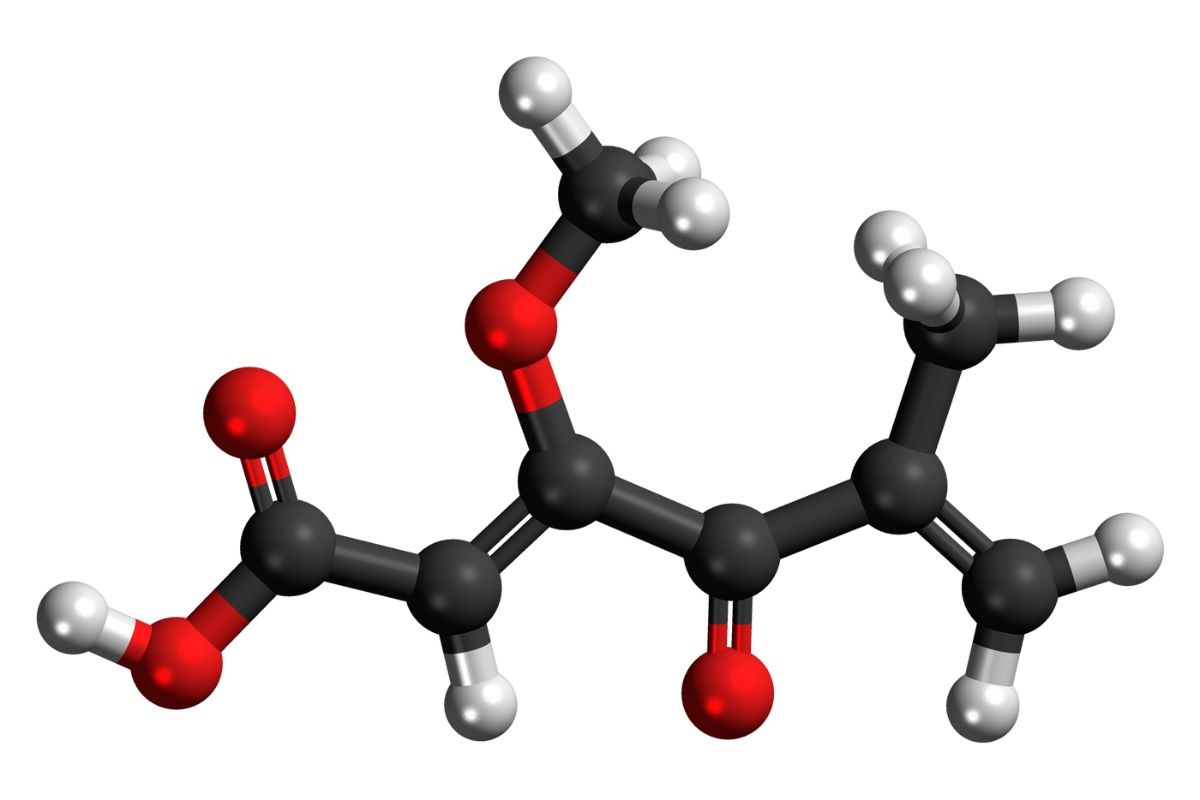
Penicillic acid might sound like something out of a science fiction novel, but it's very real and quite fascinating. This compound, produced by certain molds, has a rich history and a variety of uses. Did you know that penicillic acid was first discovered in the early 20th century? It's not just a byproduct of mold; it has significant implications in the fields of medicine and agriculture. Penicillic acid can act as an antibiotic, though it's not as famous as penicillin. However, it also has some toxic properties that make it a subject of ongoing research. Curious about how this compound impacts our world? Let's dive into 30 intriguing facts about penicillic acid that will expand your understanding of this unique substance.
Key Takeaways:
- Penicillic acid is a toxic compound produced by certain molds, with potential applications in medicine and agriculture. It can inhibit bacteria and fungi growth but can also cause liver damage in animals.
- Safety measures are crucial when handling penicillic acid due to its toxic nature. Research is ongoing to explore its potential as a natural pesticide and in developing new antibiotics.
What is Penicillic Acid?
Penicillic acid is a mycotoxin, a toxic compound produced by certain molds. It has a fascinating history and a range of applications, making it a subject of interest for scientists and researchers.
- Penicillic acid is produced by molds such as Penicillium and Aspergillus species.
- It was first isolated in 1936 by the chemist Harold Raistrick.
- This compound has a molecular formula of C8H10O4.
- Penicillic acid is a secondary metabolite, meaning it is not essential for the mold's growth but offers other advantages.
- It appears as a colorless crystalline solid under normal conditions.
Chemical Properties of Penicillic Acid
Understanding the chemical properties of penicillic acid helps in its identification and utilization in various fields.
- Penicillic acid has a melting point of 83-85°C.
- It is soluble in organic solvents like ethanol and acetone.
- The compound is relatively stable under acidic conditions but degrades in alkaline environments.
- It exhibits UV absorption with a maximum at 276 nm.
- Penicillic acid can form salts with bases, which are often more soluble in water.
Biological Effects of Penicillic Acid
Penicillic acid's impact on living organisms is a crucial area of study, especially in terms of its toxicity and potential uses.
- It has been shown to inhibit the growth of certain bacteria and fungi.
- Penicillic acid can cause liver damage in animals when ingested in large quantities.
- It has mutagenic properties, meaning it can cause genetic mutations.
- The compound can disrupt cellular processes by interfering with enzyme functions.
- Penicillic acid has been studied for its potential as an anticancer agent, though results are still preliminary.
Applications of Penicillic Acid
Despite its toxic nature, penicillic acid has found applications in various scientific and industrial fields.
- It is used as a research tool to study cellular processes and enzyme functions.
- Penicillic acid has been utilized in the development of certain pharmaceuticals.
- It serves as a model compound in the study of mycotoxins and their effects.
- The compound has potential applications in agriculture as a biocontrol agent against plant pathogens.
- Penicillic acid is also used in the synthesis of other chemical compounds.
Safety and Handling of Penicillic Acid
Given its toxic nature, proper safety measures are essential when handling penicillic acid.
- Always use personal protective equipment (PPE) such as gloves and goggles when working with penicillic acid.
- Work in a well-ventilated area or under a fume hood to avoid inhalation.
- Store penicillic acid in a cool, dry place away from incompatible substances.
- Dispose of penicillic acid waste according to local regulations to prevent environmental contamination.
- In case of exposure, seek immediate medical attention and follow first aid guidelines.
Research and Future Directions
Ongoing research continues to uncover new aspects of penicillic acid, from its biological effects to potential applications.
- Scientists are exploring the use of penicillic acid in developing new antibiotics.
- Research is being conducted on the environmental impact of penicillic acid and its degradation products.
- Studies are investigating the potential of penicillic acid as a natural pesticide.
- Efforts are underway to develop methods for detecting and quantifying penicillic acid in food and feed.
- Future research aims to better understand the mechanisms of penicillic acid toxicity and how to mitigate its harmful effects.
Final Thoughts on Penicillic Acid
Penicillic acid, a fascinating compound, has a rich history and significant applications. Discovered in the early 20th century, it’s known for its antibiotic properties and its role in food spoilage. This compound, produced by certain molds, can be both beneficial and harmful. While it has potential in medical treatments, it also poses risks when found in contaminated food.
Understanding penicillic acid helps in appreciating its dual nature. On one hand, it offers promising medical applications; on the other, it’s a reminder of the importance of food safety. Scientists continue to study this compound, aiming to harness its benefits while mitigating its risks.
In essence, penicillic acid exemplifies the complexity of natural compounds. Its study not only advances scientific knowledge but also underscores the delicate balance between nature’s gifts and its challenges.
Frequently Asked Questions
Was this page helpful?
Our commitment to delivering trustworthy and engaging content is at the heart of what we do. Each fact on our site is contributed by real users like you, bringing a wealth of diverse insights and information. To ensure the highest standards of accuracy and reliability, our dedicated editors meticulously review each submission. This process guarantees that the facts we share are not only fascinating but also credible. Trust in our commitment to quality and authenticity as you explore and learn with us.
